[/caption]
NASA is looking for folks with the “right stuff.” The space agency is seeking qualified individuals for when the space agency once again travels into space – and beyond low-Earth-orbit. The announcement of NASA’s process for selecting its next class of astronauts was made at an event held at the Webb auditorium at NASA Headquarters located in Washington D.C. on Tuesday, Nov. 15.
At this event was NASA Administrator Charlie Bolden, Assistant Administrator for Human Capital Jeri Buchholz, Flight Crew Operations Director Janet Kavandi as well as five members of the 2009 astronaut class. They were Serena Aunon, Kjell Lindgren, Kathleen Rubins, Scott Tingle and Mark Vande Hei.
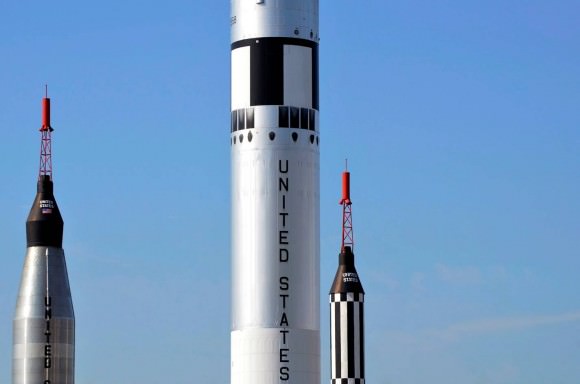
“For 50 years, American astronauts have led the exploration of our solar system,” Bolden said. “Today we are getting a glimpse of why that will remain true for the next half-century. Make no mistake about it, human space flight is alive and well at NASA.”
Bolden is a former shuttle astronaut himself, having flown into space four times.
The 2009 class of astronauts – was the first to graduate in a new era of space flight – one which would eventually see the retirement of NASA’s fleet of space shuttle orbiters. NASA is currently working to develop not only a new spacecraft – but a new launch vehicle as well. The Orion Multi-Purpose Crew Vehicle or Orion MPCV may one day ferry astronauts to points beyond LEO.
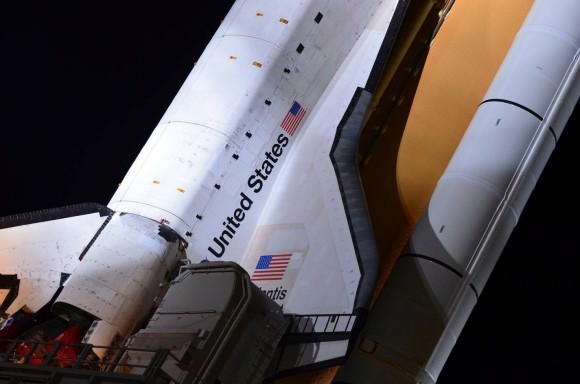
To get the Orion MPCV to orbit the space agency is developing the Space Launch System or SLS. This launch vehicle, resembling a cross between the space transportation system (STS) that comprised the shuttle – and the Saturn V moon rocket was recently unveiled by the space agency.
As far as access to LEO is concerned, NASA is working to hand those responsibilities over to commercial space firms such as SpaceX, Sierra Nevada Corporation and Boeing. These companies will also work to deliver crew and cargo to the orbiting International Space Station (ISS). If it all works out these new astronauts could well be among the first to return the U.S. to the Moon or be the first person to visit an asteroid or even Mars.
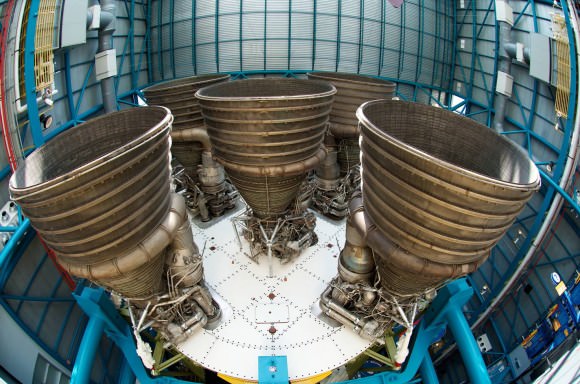
The Astronaut Candidate Program is open to any person that meets the agency’s qualifications. They can submit their applications online through the USAJobs.gov website. For those considering a career in the astronaut corps, here are some of the requirements:
• Bachelor’s Degree in either science, engineering or math
• Three years of relevant professional experience
• Experience in flying high-performance jet aircraft is considered a plus
• Educators that have taught grades kindergarten through the 12 are highly encouraged to apply
NASA will be accepting applications through January 27, 2012. The agency will bring in applicants to be interviewed and evaluated. NASA plans to make their final decision in 2013 – with training of these new astronauts starting that summer.
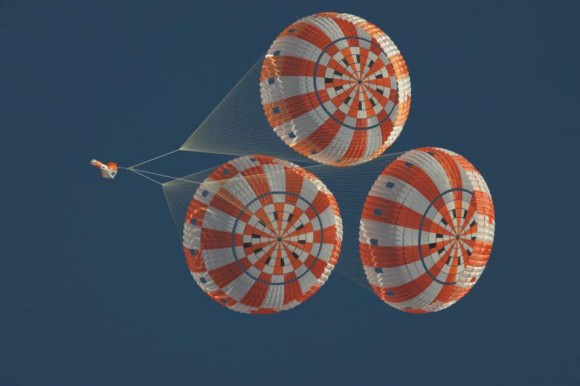

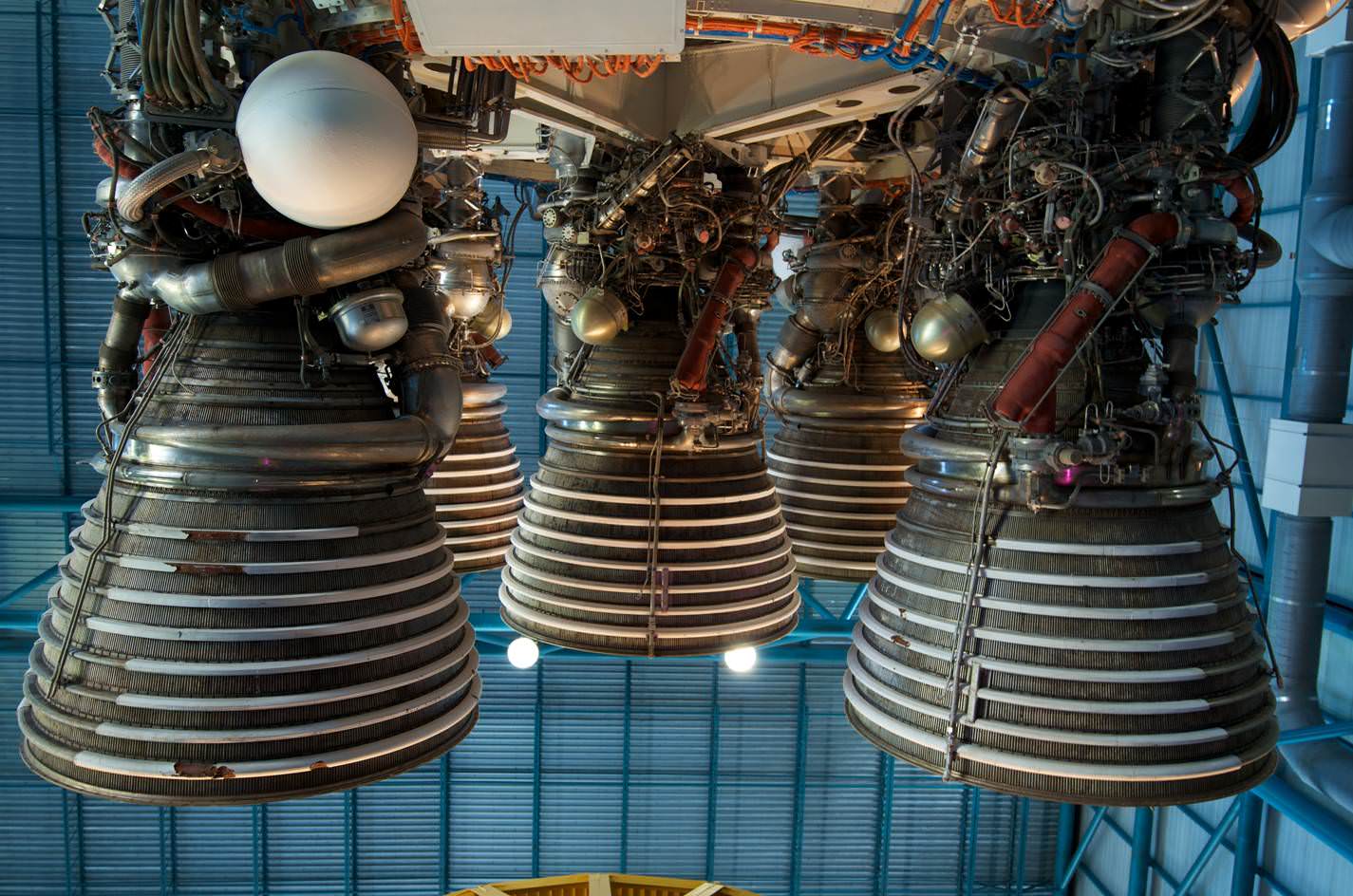
Why can’t NASA launch a vehicle that can take astronauts to the Moon and back and remain in space as a reusable shuttle. This ship’s primary function will be to operate in cis-lunar space and will be a vital asset, a relay link, to lunar exploration.
NASA can then use the private firms to launch to LEO where the astronauts can board and re-stock the cis-lunar shuttle for a trip to the Moon. On the trip back, the astronauts board back into the capsule (say Dragon) they launched up in, and return to Earth for a splash down.
All the elements needed for lunar missions can be launched using existing or upcoming vehicles. SLS, with its intended low frequency, is going to not just be massively redundant, but will also be a money sucker.
NASA’s approaching this with almost essentially the same mission sequence as Apollo. Build massive rocket. Launch crew module + service module. Crew module returns to Earth after mission. Service module is trashed. Repeat.
This is just not sustainable IMO.
Why can’t NASA launch a vehicle that can take astronauts to the Moon and back and remain in space as a reusable shuttle. This ship’s primary function will be to operate in cis-lunar space and will be a vital asset, a relay link, to lunar exploration.
NASA can then use the private firms to launch to LEO where the astronauts can board and re-stock the cis-lunar shuttle for a trip to the Moon. On the trip back, the astronauts board back into the capsule (say Dragon) they launched up in, and return to Earth for a splash down.
All the elements needed for lunar missions can be launched using existing or upcoming vehicles. SLS, with its intended low frequency, is going to not just be massively redundant, but will also be a money sucker.
NASA’s approaching this with almost essentially the same mission sequence as Apollo. Build massive rocket. Launch crew module + service module. Crew module returns to Earth after mission. Service module is trashed. Repeat.
This is just not sustainable IMO.
Hi, I’ve wondered that myself. There is an orbiting platform, the ISS, to launch and retrieve ships from, so why not leave from there for the moon?
The issue would be speed. On the return trip, you would need to use the atmosphere to slow a ship down because using fuel to slow the ship down enough to rondevous and dock would require a heavy cargo of fuel.
It is more weight effecient, and therefore cost effecient, to drop stuff behind you durring launch and use friction and parachutes to slow you down.
We do lose the romance of a named and reserviceable spaceship but better that then lose the future of U.S. manned space flight.
The reuseable shuttle program proved to be ruinously expensive. There just wasn’t the promissed savings in reusable spacecraft.
Reusable craft are safer because they aren’t first-time builds, they get serviced and design faults are identified more easily because you haven’t thrown it all away. Surely if they can service Hubble, they can bolt some spacecraft sub-assemblies together in a Bigelow inflatable hangar. All you need to get stuff and people into LEO is standard Delta 4s, Spacex, Soyuz or whatever. You can then build Earth/Moon shuttles, start with two so there’s always a rescue option. You could develop them on the back of the engineering knowledge gained from the Apollo Command/Service/Lunar Excursion modules except the CM and SM wouldn’t need to separate because your Earth reentry will be from the ISS in whatever took you up there. As for slowing down into Earth orbit yes that needs fuel, as does insertion into lunar orbit. I remember the tension of Apollo 8’s first braking burn , everyone fingers crossed because it was on the far side and they were out of radio contact. I will have to check but I thought the Apollos used the SM to brake into Earth orbit before jettisoning it for reentry. Anyway you can haul fuel up to the ISS bit by bit at first but later use the ample sunlight to crack lunar water for hydrogen-oxygen fuel. You then have the infrastructure and safety net for a serviceable Moon base, once you have built a runway then you can stop leaving half the LEMs behind.
Most people underestimate greatly the fuel requirement of EOI, which would require a Dv of approximately 3km/s, as well as the alignment and rendezvous required to dock with a station for refueling.
Dv requirements (values approximated)
TLI and LOI: 3.5k
TEI; 1.5k
EOI & station rendezvous (your proposal): 3.5k
Aerocapture (Apollo Style): 0k
totals
your proposal: 8.5k
Apollo style: 6k
difference: 41%
these measurements are changes in speed, the fuel requirements to perform such manuvers are unfortunately exponential (you need to carry the fuel with you, requiring more fuel). which would require at least 100% more fuel for the whole trip.
in case you don’t know the acronyms.
EOI: Earth Orbit Insertion
Dv: change in speed
TLI: TransLunar Insertion
TEI: TransEarth Insertion
on top of that, the runway idea has some issues, the lack of atmosphere requires the spacecraft to requrie to slow itself down, low gravity makes brakes useless, and the speed required is too high for a plausible runway landing (the forces on landing would be astronomical).
in case your wondering, I’m an Aeronautical/Astronautical Engineer, currently finishing my degrees. Will be applying soon for the Astronaut position.
Depressing. I haven’t calculated the fuel required for an 8.5k delta v on some suitable masses but I can guess it’s a lot. Shouldn’t the Apollo style be 5k not 6k though? Can you not use aerobraking for EOI as they have for Mars Orbit Insertion? (is that MOI or AOI?)
I wasn’t thinking of the runway for landing but takeoff with no air for lift needs to hit lunar escape velocity – 5097 mph doh! How big would a catapult need to be to not crush the crew? A lunar beanstalk is feasible with current technologies but they are both huge engineering projects and you have to haul it all there in the first place.
Good luck with the astronaut application and hope you get off Earth, if you are really lucky then you’ll get out of LEO.
The ISS orbits the Earth in a high inclination orbital plane.. due in no small part to our Russian partners launch requirements. This particular orbit is not very good for trans-Lunar injections.
I think in terms of fuel it would be the same if they launched form Earth or when they orbit the ISS first. The spacecraft and the people have to go up aswel as the needed fuel.
I don’t think the ISS will be a stop-over point given the different trajectory needed for going to the Moon, though I may be wrong. I’m no astrodynamics expert.
But I still feel that it would be cheaper to just launch the fuel and other supplies to reinforce a vehicle that is already existing in orbit as opposed to launching an entire new vehicle each time.
Once NASA gets a hold of lunar ice for propellant, say two decades from now, you won’t even have to launch that fuel from Earth to orbit. Missions will become self-sustaining, cheaper, and of course there’s plenty of surplus to be turned into profit by private firms.
Of course, this is all big talk, and it can only happen if a commitment is made to develop the required technologies. There’s no shortage of technical capability to do so. It’s a matter of policy and politicians usually have other agendas to follow.
I’m liking these comments. A space hanger with multipurpose reusable craft is a goo one. If the moon shuttle is used again for another moon mission, you’ll need fuel to get there, which is heavy. Still, if the shuttle remains in space and doesn’t re-enter, it should stay in pretty good condition. Just need to inspect for micrometeorite impacts and thermal fatigue.
— Three years of relevant professional experience —
I have a lot of experience with Orbital 2010! LOL
I don’t even have my GED but if there looking for a human space monkey, I’ll do it. Just give me plenty of bananas and an astriod to land on.
NASA does not have and will not have for a very long time a way to get people into space and NASA wants me to waste my time screwing around in their Astronaut Candidate Program, think one would have a better chance getting into space with the Chinese or the Russians. Seriously, call me when you have a way to get into space.